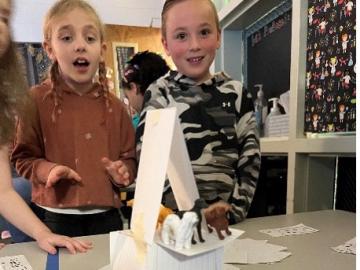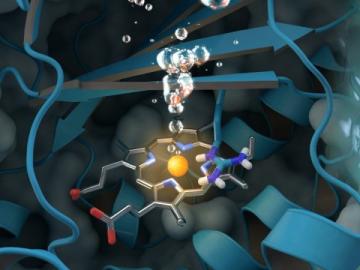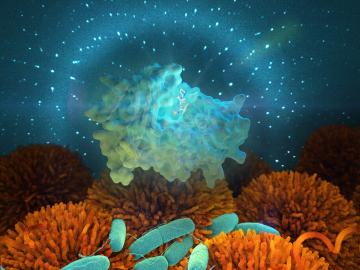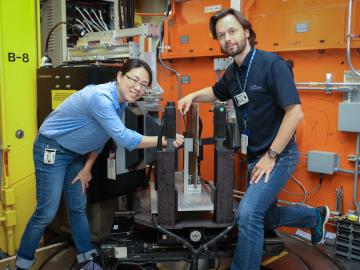Filter News
Area of Research
- (-) Neutron Science (25)
- Advanced Manufacturing (1)
- Biology and Environment (37)
- Clean Energy (44)
- Computer Science (1)
- Data (1)
- Electricity and Smart Grid (1)
- Fuel Cycle Science and Technology (1)
- Fusion and Fission (14)
- Fusion Energy (3)
- Isotopes (10)
- Materials (37)
- National Security (17)
- Nuclear Science and Technology (3)
- Supercomputing (53)
- Transportation Systems (1)
Media Contacts

How did we get from stardust to where we are today? That’s the question NASA scientist Andrew Needham has pondered his entire career.

A chemist from Oak Ridge National Laboratory attracted national attention when her advocacy for science education made People magazine’s annual “Women Changing the World” issue.

Nine engineers from ORNL visited 10 elementary and middle school classrooms in three school districts during National Engineers Week, Feb. 21 to 24, 2023, describing and demonstrating the excitement of the engineering profession to more than 300 Tennessee students.

Scientists have long sought to better understand the “local structure” of materials, meaning the arrangement and activities of the neighboring particles around each atom. In crystals, which are used in electronics and many other applications, most of the atoms form highly ordered lattice patterns that repeat. But not all atoms conform to the pattern.

A scientific instrument at ORNL could help create a noninvasive cancer treatment derived from a common tropical plant.

Natural gas furnaces not only heat your home, they also produce a lot of pollution. Even modern high-efficiency condensing furnaces produce significant amounts of corrosive acidic condensation and unhealthy levels of nitrogen oxides

The truth is neutron scattering is not important, according to Steve Nagler. The knowledge gained from using it is what’s important

A new study sheds light on a unique enzyme that could provide an eco-friendly treatment for chlorite-contaminated water supplies and improve water quality worldwide. An international team of researchers led by Christian Obinger from the University of Vienna used neutron analys...






